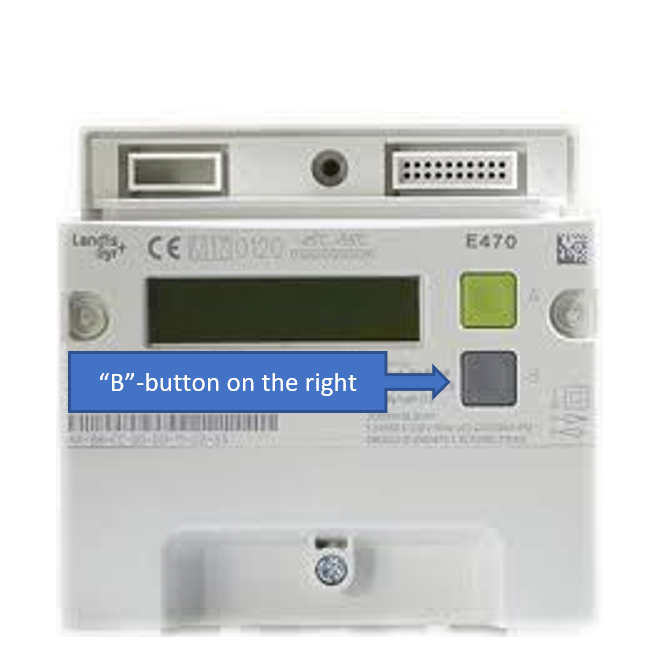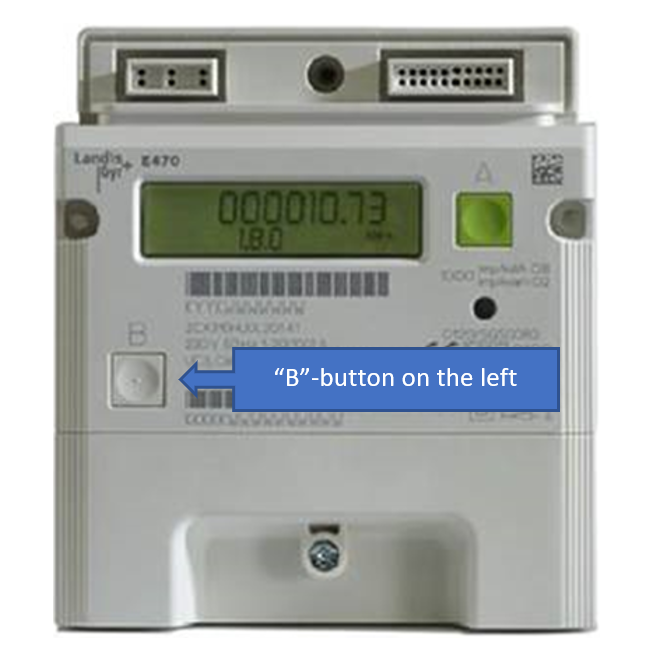-
Create a MyTesla account.
-
Install the Tesla app on your phone or tablet and log in.
-
Ensure your wifi password is close to hand.
-
Please clear the area where the installation will take place.
Create a MyTesla account.
Install the Tesla app on your phone or tablet and log in.
Ensure your wifi password is close to hand.
Please clear the area where the installation will take place.
Our engineer will ask you to fill in the customer information on the commissioning wizard, which will connect Powerwall to your MyTesla account, so you monitor it through the app.
If you are not around during commissioning, you will have to register your Powerwall through this link: Powerwall self-registration.
If you need to reconnect to your Gateway and wifi network, follow the steps in the video below:
For more details, see Tesla's website.
In your DNO response you may see the phrase '5kW (0 export)'. This refers to Powerwall's ability to discharge at a rate of 5kW. Generally the DNO doesn't allow this to be exported to the grid, so we install Powerwall in 'self consumption' mode. You can then discharge the battery to its full potential to use power in your home, but not to export to the grid from the battery.
Note that this mode still works with Octopus's Tesla Energy Plan as any power exported to the grid from your solar or battery is automatically limited to the rate agreed by the DNO.

If you can’t monitor your Powerwall after a few days, please email powerwallsupport@tesla.com or call Tesla on 0800 756 9960.
When you set Powerwall to charge, the time is always more important than rate of charge.
For example...
If you tell the device it has 4 hours to charge the battery, it sets the charge rate to use all of that time. If you have 2 Powerwalls, both batteries (27kWh) would fill over 4 hours at a rate of 6.75kW - roughly 3.4kW per battery.
This means it looks like the batteries can only manage a 3.6kW max rate rather than the stated 5kW max rate.
But if you change the setting to 2.5 hours, they would charge at around 10kW total (5kW rate per Powerwall).
It's an inefficient use of energy to charge your EV battery from the smaller Powerwall battery, with roundtrip losses.
To prevent Powerwall draining into your car you can either:
If you are moving house and leaving your Powerwall, you can inform Tesla to handover ownership.
Email Tesla on energysupportemea@tesla.com using the email address that you use to login to your Tesla app. Give the Gateway serial number and the email address that the new owner will use to login to their Tesla app.
Tesla has received reports of incompatibilities between Landis+Gyr E470 100mm smart meters and some Powerwalls. In some cases this may result in inaccurate utility meter readings; the impact varies but could be up to +/- 5kWh per day.
|
Landis+Gyr E470 100mm (affected) |
Landis+Gyr E470 120mm (not affected) |
 |
 |
Check if your Powerwall is affected by taking a meter reading at a point in time and check if this matches what is showing on the app from Tesla, as not all meters are causing an issue.
If there is a discrepancy, contact the Tesla support team so they are aware you have an issue. So Tesla can also keep a record of all cases, we recommend registering your Powerwall for follow up communication.
If you know your energy supplier has installed the Landis+Gyr E470 100mm utility meter, Tesla also advises you to formally notify them through the complaints section of their website.
In a power cut, Powerwall will isolate your house from the grid. The battery will discharge stored energy to power your home. Your single-phase solar panels will continue to function if there is space in the battery to store the power, otherwise they will have to switch off.
The backup changeover speed will depend on the type of power cut experienced. Short power cuts which are voltage rises will not transition so quickly as to avoid tripping RCDs in your home, which would again be the same if there were earth issues at the grid. A pure open circuit power cut is the easiest to manage which will transition quickly.
The transition typically demonstrated by an installer would normally be an open circuit one, so the backup will always happen very quickly, but if the Gateway sees a different fault it can act slightly slower. No two power cuts are the same and the way the battery manages them will be different, so sometimes you might find some IT equipment may reboot and you have up to 30 seconds of an outage before the backup system activates.
On the app you can opt into Storm Watch mode. When there is a named storm hitting the UK, this will then activate and ensure your Powerwall remains fully charged until the storm has passed. This is because severe weather like storms often causes power cuts, so you'll have maximum charge to keep your home running if there is an outage.
The Backup History section on the app records power outages.
Often these are not full power cuts but brownouts, when grid power steps outside of voltage specification so Powerwall kicks in to maintain the right voltage to the house.
If your Tesla app is recording tens or hundreds of power cut backup events per day, often lasting just a few seconds each, there may be an issue with the DNO fuse.
We recommend contacting your DNO to swap out the old DNO fuse, as this will likely fix the problem.
Powerwall comes with a full 10 year unlimited cycles warranty.
The warranty changes from unlimited cycles to 37.8mwh throughput if you use other control methods outside of the Tesla app, for example a third party API to sync Powerwall charging with an agile tariff.
Copyright © Spirit Energy 2026 · info@spiritenergy.co.uk · 0118 951 4490
Jobs and Careers
Interested in joining the Spirit team? Email jobs@spiritenergy.co.uk
Spirit House, 25 Albury Close, Reading, RG30 1BD
(Location formerly known as 44 Portman Road, Reading, RG30 1EA)
Spirit Energy is the trading name of Spirit Solar Ltd · UK Company Number 07138647
Although care is taken to ensure that the information on our website (www.spiritenergy.co.uk) and any guides, calculators or checklists provided by us, electronically or otherwise, are accurate and up-to-date, we cannot accept any responsibility for mistakes or omissions. We enter into no express or implied conditions, warranties, terms or representations regarding the quality, accuracy or completeness of the information. We exclude to the extent lawfully permitted all liability for loss or damage, whether direct, indirect or consequential arising out of your use of our website or any guides, calculators or checklists provided by us, or from any information or omission contained in our website or any guides, calculators or checklists provided by us.